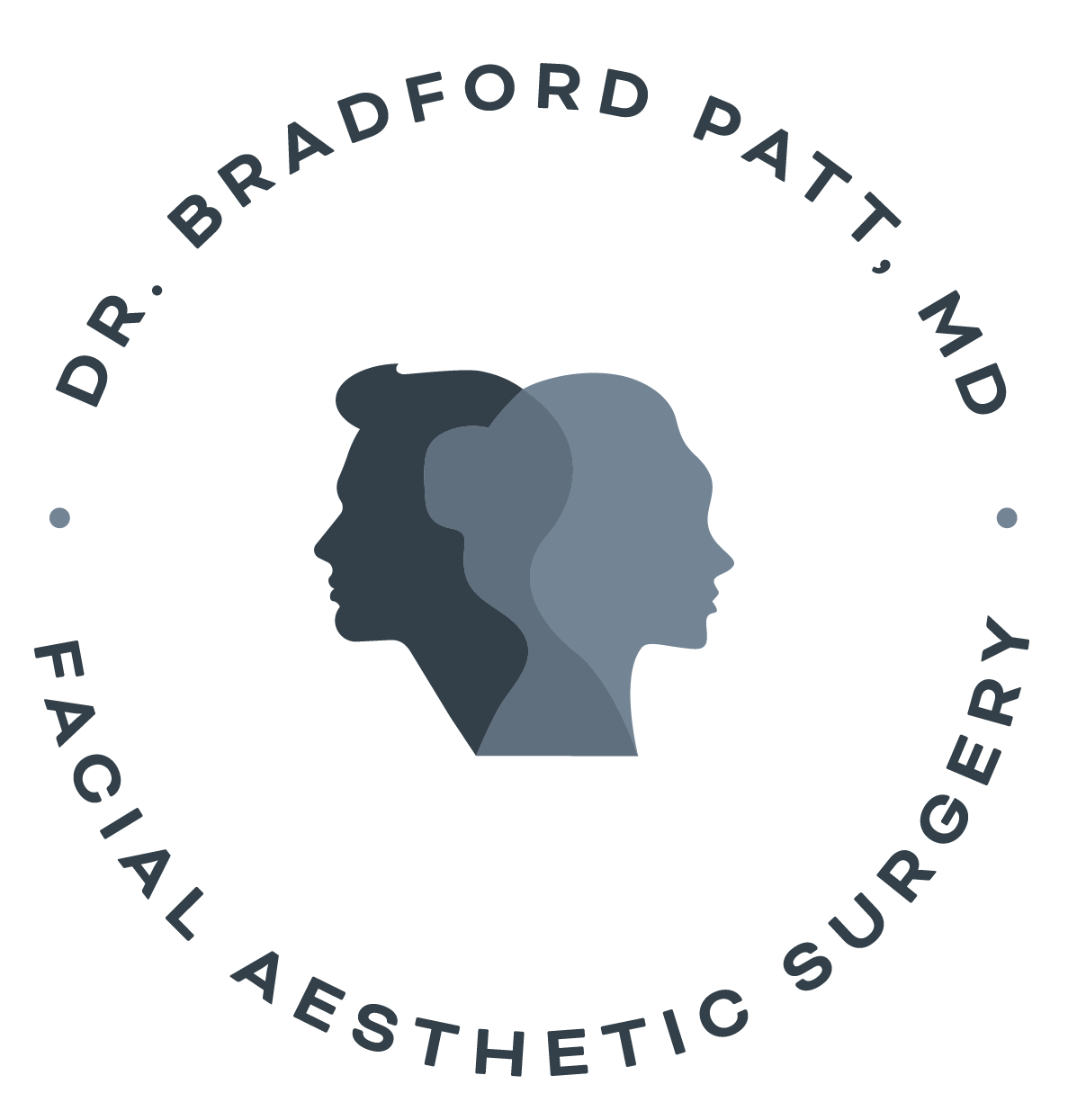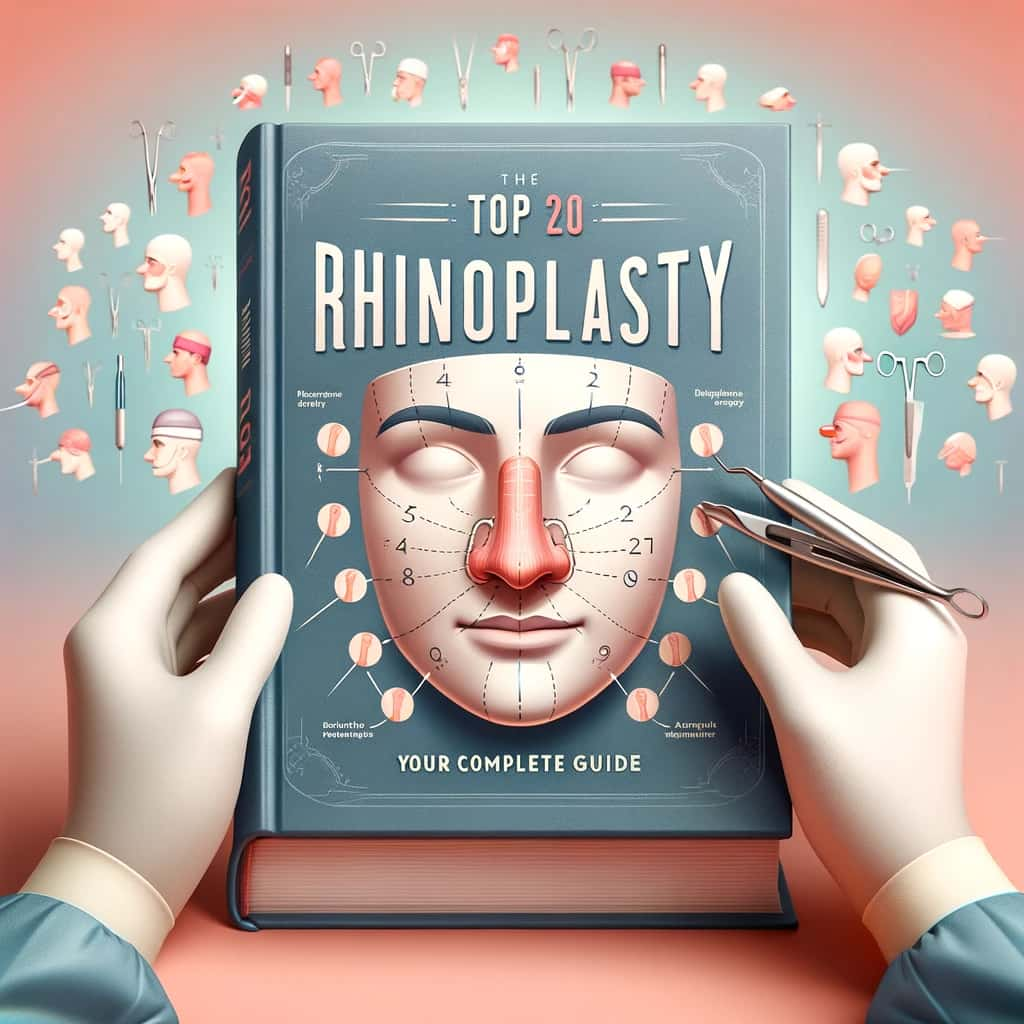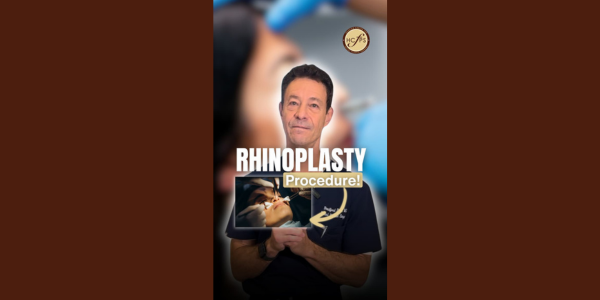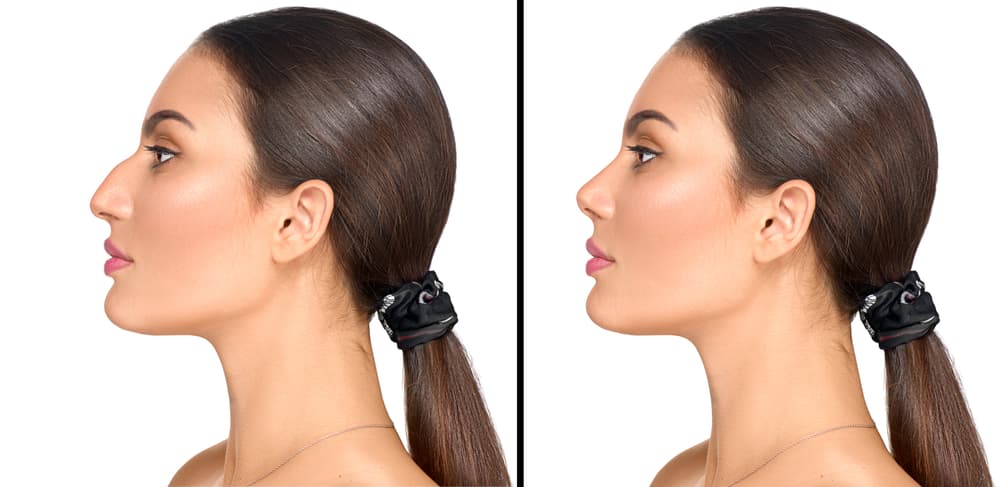Considering rhinoplasty, or a nose job, can bring up a whirlwind of questions. From understanding the procedure to finding the right surgeon, it's easy to feel overwhelmed. We've compiled the top 20 questions patients frequently ask facial plastic surgeons and provided detailed answers to help guide you through the process.
Understanding Your Goals and Suitability
1. Am I a good candidate for rhinoplasty?
A qualified facial plastic surgeon can best answer this after a thorough examination. They'll consider several factors:
- Overall health: Good health is essential for safe surgery and optimal healing.
- Nasal anatomy: Your surgeon will assess the structure of your nose, both internally and externally, to determine if rhinoplasty can address your concerns.
- Breathing problems: If you have difficulty breathing through your nose, a septoplasty (correcting a deviated septum) might be combined with your rhinoplasty.
- Realistic expectations: Communicate your goals and your surgeon will explain what can realistically be achieved.
2. What specific changes can I make to my nose?
Rhinoplasty is highly customizable. Here are some common changes patients seek:
- Dorsal hump reduction: Smoothing a bump on the bridge of the nose.
- Tip refinement: Adjusting the shape or size of the nasal tip (can be upturned, downturned, more defined, etc.).
- Narrowing the nostrils: Reducing the width of the nostrils.
- Overall size reduction or augmentation: Reshaping to be smaller or slightly larger.
- Straightening: Correcting a crooked nose.
Are interested in seeing if you're a candidate for Rhinoplasty?
Simply click the button below, answer a few questions, and click submit to set up a consultation today!
3. Can I make my nose look like [celebrity]?
While inspirational photos are helpful, it's crucial to remember that every nose is unique. Your surgeon's goal is to create a nose that looks natural and harmonious with your facial features, not replicate someone else's.
4. Will rhinoplasty help me breathe better?
It can! Incorporating functional improvements into your rhinoplasty can significantly improve your breathing if you have nasal obstruction due to a deviated septum or other structural issues.
5. What results can I realistically expect?
Your surgeon should be honest about the potential changes rhinoplasty can achieve. Computer imaging software is often used during consultations to help you visualize possible results. Managing expectations is key to patient satisfaction.
Procedure Details
6. What type of anesthesia will be used?
Rhinoplasty can be performed under local anesthesia with sedation, twilight sedation, or general anesthesia. Your surgeon will discuss the best option based on your case and preferences.
7. Where will the incisions be placed?
There are two main techniques:
- Open rhinoplasty: Incision made across the columella (skin between the nostrils), offering slightly more visibility.
- Closed rhinoplasty: Incisions made inside the nostrils, leaving no external scars but with slightly less visibility for the surgeon.
8. Will I need to have my nose broken?
Sometimes, a controlled break called an osteotomy is necessary to reshape the nasal bones. Your surgeon will discuss this if it's needed in your case.
9. How long is the surgery?
Surgery time varies depending on the complexity of the changes being made. Typically, rhinoplasty takes 1-3 hours.
10. What is the recovery process like?
Here's what you can expect:
- Initial discomfort: Soreness, swelling, and bruising are common, especially in the first few days.
- Nasal splint/cast: Used for about a week to support your nose as it heals.
- Activity restrictions: Avoid strenuous activity and blowing your nose for several weeks.
- Patience: Final results take time, sometimes up to a year as swelling fully subsides.
Risks and Potential Complications
11. What are the risks of rhinoplasty?
As with any surgery, rhinoplasty carries some risks. These can include:
- Bleeding and infection: While uncommon, these risks are minimized by following your surgeon's instructions and choosing an experienced surgeon.
- Asymmetry: Minor asymmetries are possible, though skilled surgeons work meticulously to achieve symmetry.
- Unsatisfactory results: Communication is key! Discuss your goals thoroughly beforehand to minimize this risk.
- Revision surgery: Though rare, some patients might need a revision procedure.
12. Will there be visible scarring?
Experienced surgeons strategically place incisions to minimize the appearance of scars. With an open approach, the scar on the columella usually fades very well. Closed rhinoplasty leaves no external scars.
13. What if I'm not happy with the results?
Open communication with your surgeon from the very beginning is crucial. If concerns arise after surgery, discuss them with your doctor. Sometimes minor adjustments can be made, and a revision surgery might be considered in rare cases.
Logistics and Cost
14. How much does rhinoplasty cost?
Rhinoplasty costs are highly variable; factors include:
- Surgeon's experience and reputation: Highly skilled surgeons often charge more.
- Geographic location: Costs tend to be higher in major metropolitan areas.
- Complexity of your case: More extensive changes may increase the cost.
15. Does insurance cover rhinoplasty?
Insurance may cover rhinoplasty if it's performed to correct a functional breathing problem. Purely cosmetic procedures are typically not covered. Check with your insurance provider directly.
16. Do you offer financing options?
Many surgeons offer payment plans or work with third-party medical financing companies to help patients manage the costs.
Surgeon-Specific Questions
17. Are you board-certified in facial plastic surgery?
Board certification ensures your surgeon has undergone rigorous training and examinations, demonstrating their expertise in facial procedures, including rhinoplasty.
18. How many rhinoplasties have you performed?
Experience matters! Choose a surgeon who performs rhinoplasty regularly and has a proven track record of successful outcomes.
19. Can I see before-and-after photos of your previous rhinoplasty patients?
Before-and-after photos give you an excellent idea of a surgeon's aesthetic style and capabilities. Look for examples that resemble the kind of changes you desire.
20. Do you have patient testimonials I can read?
Testimonials offer valuable insights into a surgeon's bedside manner, the overall patient experience, and satisfaction levels with their results.
The Importance of Choosing the Right Surgeon
The decision to undergo rhinoplasty is personal. By understanding the procedure, the risks, and what to expect, you'll be well-equipped to make the best choice for yourself. If you're considering rhinoplasty, the next step is to find a qualified and experienced facial plastic surgeon.
Contact Houston Center for Facial Plastic Surgery to schedule a consultation today. Bradford Patt, MD, will listen to your goals, evaluate your needs, and guide you through the process. Take the first step towards a nose you'll love!





